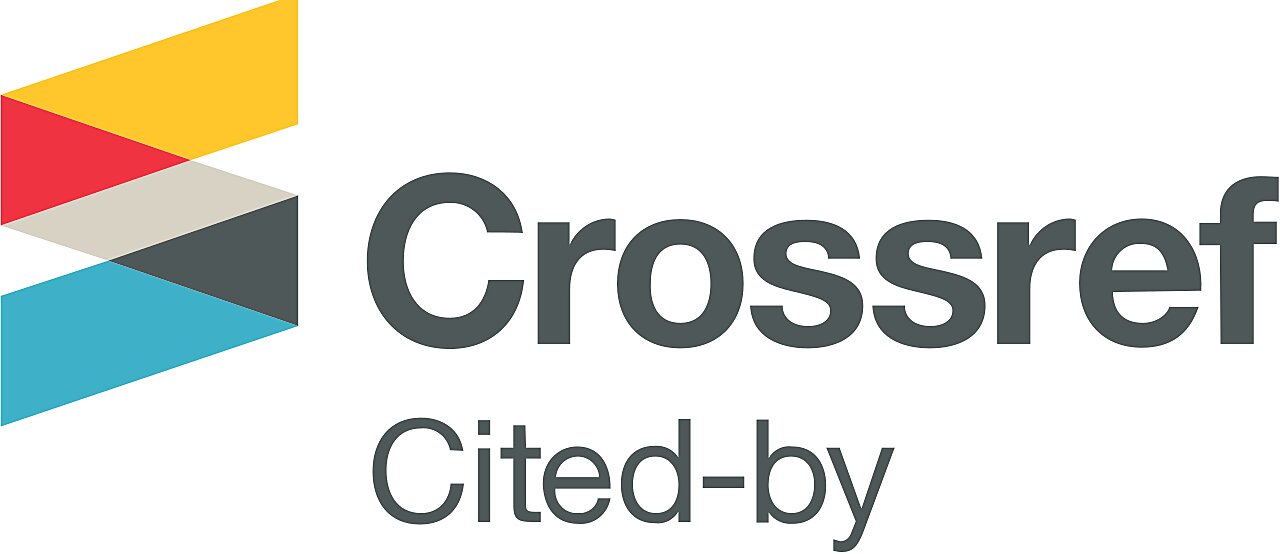
Workforce management and evaluation of coffee harvest indicators in Colombia Gestión de la mano de obra y evaluación de indicadores de recolección de café en Colombia.
Keywords

This work is licensed under a Creative Commons Attribution-NonCommercial-NoDerivatives 4.0 International License.
Summary
To contribute to the search for alternatives that make it possible to compensate for workforce shortage in coffee harvesting in Colombia, a workforce management strategy for coffee harvest was employed in two Cenicafé experiment stations. Different plots of the same size were assigned to a certain number of pickers (groups of 1, 2, 4 and 6) to evaluate the collection indicators and to establish the relationship with operational performance (kg h -1). The number of ripe fruits left on the tree (efficiency), number of ripe and green fruits left on the ground (losses), number of green fruits in the harvested mass (harvest quality) and the time to carry out the work were recorded. No relationship was observed between the operational performance of each group of pickers with the picking indicators. However, the analysis of the harvesting efficiency alone showed that the average operational yields in the groups of 1, 2 and 6 pickers assigned per plot, were statistically higher than the national average yield of coffee harvesting (11.8 kg h -1), which indicates that groups of 1 or 2 pickers could collect the same amount of coffee as groups of up to 6 operators per plot. This result shows the possibility of establishing strategies for coffee harvesting with few pickers and jointly implement new picking systems developed by Cenicafé in workforce shortage scenarios.
Author biography (See)
References (See)
- Bustillo-Pardey, A. E. (2007). El manejo de cafetales y su relación con el control de la broca del café en Colombia. Boletín Técnico Cenicafé, 24, 1–40. http://hdl.handle.net/10778/579
- Castaño, G. E. (2010). La pobreza en las representaciones sociales de los recolectores de café en torno a sí mismos y a su actividad. Antropología y Sociología: Virajes, 12, 89–125. https://revistasojs.ucaldas.edu.co/index.php/virajes/article/view/940
- Federación Nacional de Cafeteros de Colombia. (2008). Recomendaciones del LXX Congreso Nacional de Cafeteros. Boletín de información cafetera, 5–11.
- Federación Nacional de Cafeteros de Colombia. (2017). La recolección de café en Colombia: Una caracterización del mercado laboral. Ensayos sobre economía cafetera, 32(1), 35–63.
- Medina, R. D., Montoya, E. C., & García, H. (2015). Validación en el campo de un método de muestreo para evaluar la calidad en la recolección de café. Revista Cenicafé, 66(2), 110-120. http://hdl.handle.net/10778/579
- Montoya, E. C. (2001). Disminución de los costos de recolección mediante la cosecha manual asistida - Enfoque teórico. Informe anual de actividades de la Disciplina de Biometría Cenicafé, 11-15.
- Puerta, G. I. (2000) Influencia de los granos de café cosechados verdes, en la calidad física y organoléptica de la bebida. Revista Cenicafé, 51(2), 136–150. http://hdl.handle.net/10778/65
- SAS Institute. (2014). SAS® OnDemand for Academics: User's Guide. Cary, NC: SAS Institute Inc.
- Vélez, J. C., Montoya, E. C., & Oliveros, C. E. (1999). Estudio de tiempos y movimientos para el mejoramiento de la cosecha manual del café. Boletín Técnico Cenicafé, 21, 1–91. http://hdl.handle.net/10778/593
Most read articles by the same author(s)
- Juan Maldonado-Cepeda, Jesús Gómez-Llano, Pablo Benavides Machado, Luis Eduardo Escobar, Zulma Gil-Palacio, Weeds and their importance in sustaining the diversity of floral visiting insects in coffee crops , Cenicafe Journal: Vol. 74 No. 1 (2023): Cenicafé Journal
- Luis Carlos Imbachí, Rubén Medina-Rivera, Juan Rodrigo Sanz-Uribe, Characterizing depulped coffee bean sizes in new coffee varieties , Cenicafe Journal: Vol. 74 No. 2 (2023): Cenicafé Journal
- Mélsar Santamaría-Burgos, Effect of the packing material on the storage of the coffea arabica L. Seed , Cenicafe Journal: Vol. 73 No. 2 (2022): Cenicafé Journal
- Aída Esther Peñuela-Martínez, María Valentina Restrepo-Rivera, Carlos Alfonso Tibaduiza, Solar coffee drying using different types of plastic covers , Cenicafe Journal: Vol. 73 No. 2 (2022): Cenicafé Journal
- Rocío Espinosa, Zulma Gil-Palacio, Pablo Benavides Machado, Flower visitors of Ochroma pyramidale in agroforestry systems with coffee and natural cover in the department of Santander , Cenicafe Journal: Vol. 73 No. 2 (2022): Cenicafé Journal
- José Raúl Rendón, Angela María Grajales, Hugo Mauricio Salazar, Effect of renewal by stumping and pruning on coffee root biomass , Cenicafe Journal: Vol. 74 No. 1 (2023): Cenicafé Journal
- Natalia Flechas-Bejarano, José Ricardo Acuña-Zornosa, Evaluation of the effect of the application of a carbonated source on coffee nurseries , Cenicafe Journal: Vol. 73 No. 1 (2022): Cenicafé Journal
- Laura Alexandra Laiton-Jiménez, Ferney López Franco, Esther Cecilia Montoya, Pablo Benavides Machado, Bases to establish an early warning of Monalonion Velezangeli (hemiptera: miridae) in Coffee in Huila , Cenicafe Journal: Vol. 71 No. 2 (2020): Cenicafe Journal
- Laura Quintero-Yepes, Nelson Rodríguez-Valencia, Aristóteles Ortiz, Effect of direct drying of liquefied petroleum gas (lpg) on the chemical composition of coffee beans , Cenicafe Journal: Vol. 73 No. 2 (2022): Cenicafé Journal
- José Raúl Rendón, Andrea Giraldo-Herrera, Distribution of roots in the Castillo® coffee variety under two spatial arrangements. , Cenicafe Journal: Vol. 70 No. 1 (2019): Revista Cenicafé







